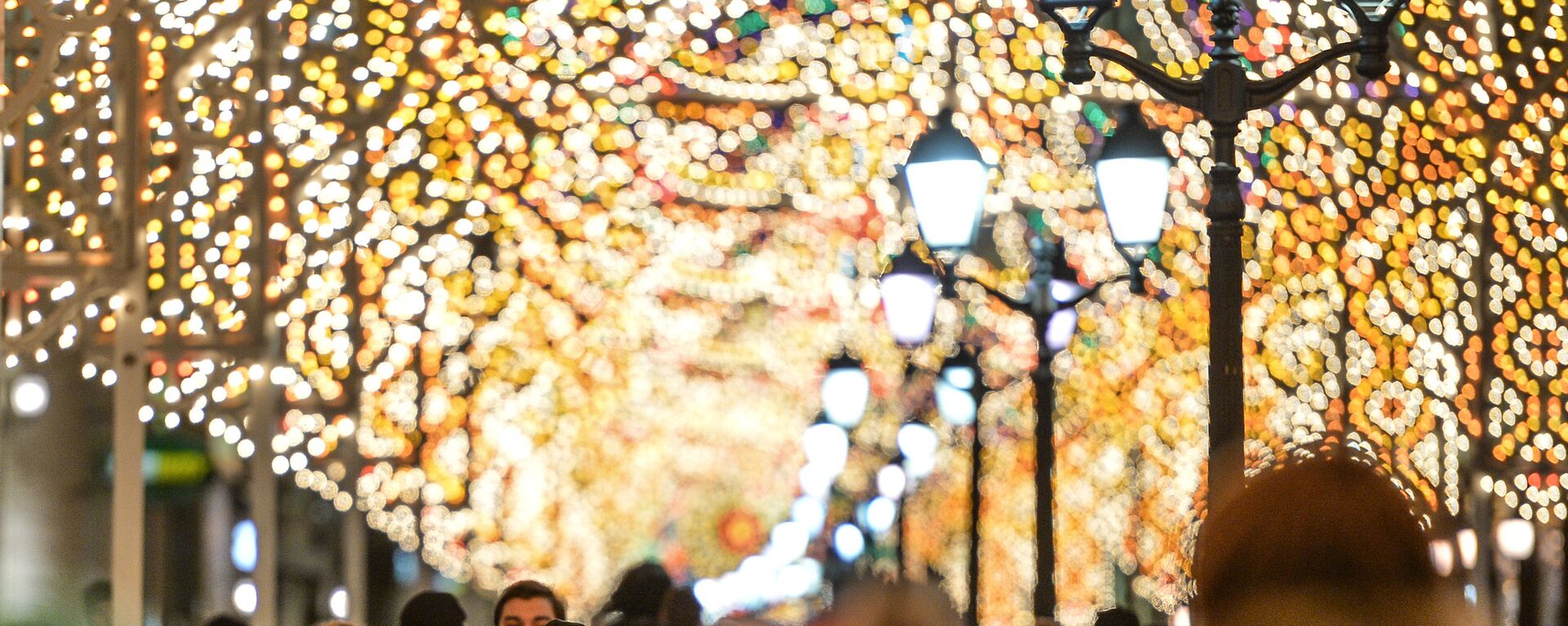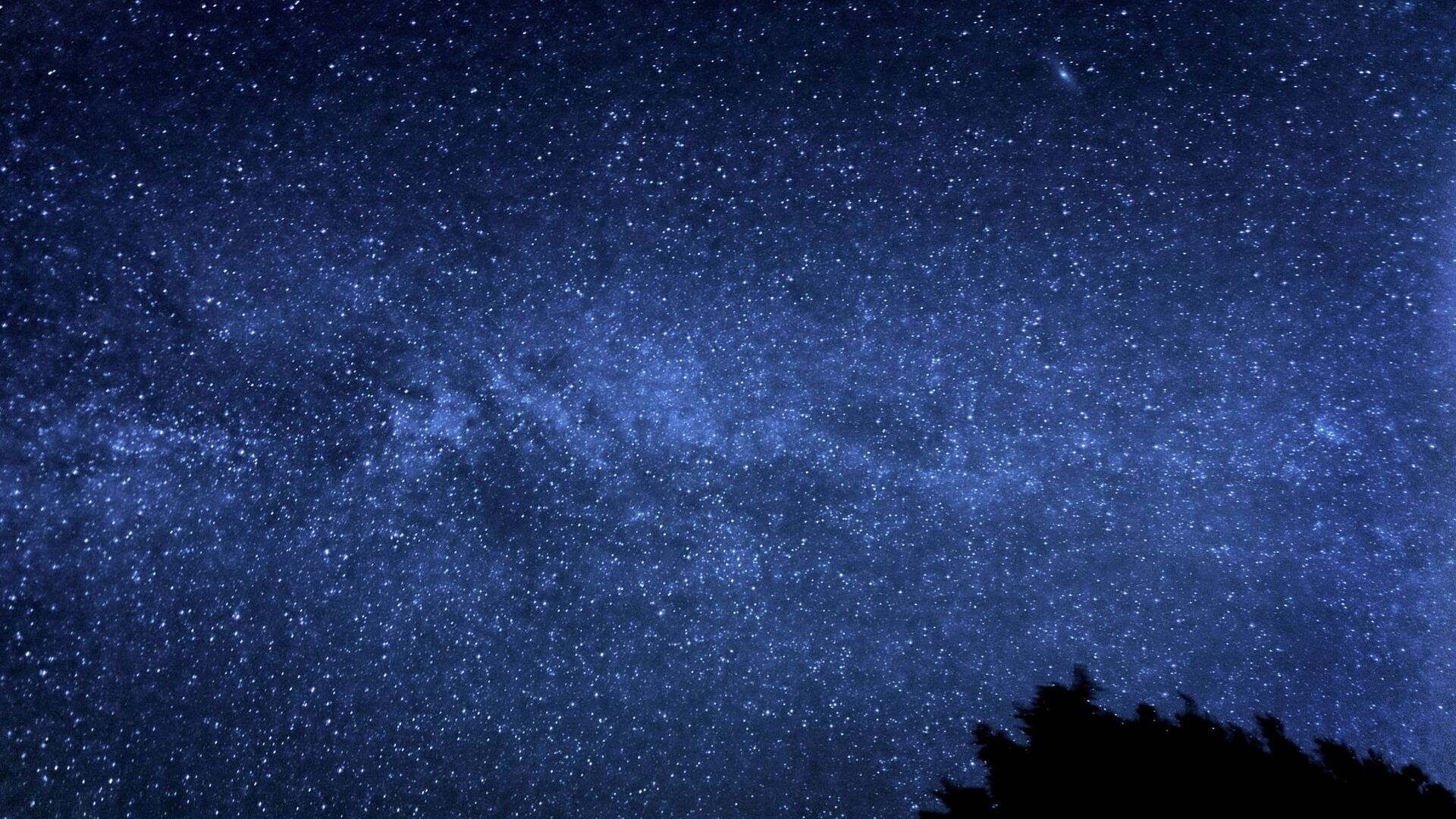https://sputnikglobe.com/20230225/light-pollution-threatens-to-rob-humanity-of-starry-skies-astronomers-say-1107797982.html
Light Pollution Threatens to Rob Humanity of Starry Skies, Astronomers Say
Light Pollution Threatens to Rob Humanity of Starry Skies, Astronomers Say
Sputnik International
The mounting effect of light pollution may result a situation where “a child born today in a place where 250 stars are visible now would only be able to see 100 stars on their 18th birthday,” two astronomers say.
2023-02-25T13:11+0000
2023-02-25T13:11+0000
2023-02-25T13:11+0000
viral
sky
stars
light
pollution
https://cdn1.img.sputnikglobe.com/img/07e5/02/10/1082091571_0:107:2048:1259_1920x0_80_0_0_4e7e84746e7543a1dcadf8a885125929.jpg
Light pollution brought by the inexorable march of progress does not bode well for stargazers, astronomers Chris Impey and Connie Walker warn.Citing data collected by Globe at Night, a citizen science project launched back in 2011, the astronomers note that the sky has been getting about 9.6 percent brighter every year on average, which essentially means that it becomes more difficult for people to spot stars in the night sky.This situation appears to be the result of factors such as urbanization and the use of LED lights for illuminating the outdoors, not to mention the growing number of satellites orbiting our planet.Not only does light pollution ruin people’s ability to enjoy gazing at starry skies, it also “interferes with the daily cycle of light and dark that plants and animals use to regulate sleep, nourishment and reproduction,” the scholars point out.In order to tackle this problem, Impey and Walker suggest that people might simply resort to “using the right amount of light, in the right place and at the right time” by, for example, installing shielding on outdoor lights so that they do not shine upwards, or fitting lights with timers and motion sensors.“The next time you are far away from a major city or another source of light pollution, look up at the night sky,” they add. “A view of the roughly 2,500 stars you can see with the naked eye in a truly dark sky might convince you that dark skies are a resource worth saving.”
https://sputnikglobe.com/20171125/led-lights-pollution-study-1059438676.html
Sputnik International
feedback@sputniknews.com
+74956456601
MIA „Rosiya Segodnya“
2023
Sputnik International
feedback@sputniknews.com
+74956456601
MIA „Rosiya Segodnya“
News
en_EN
Sputnik International
feedback@sputniknews.com
+74956456601
MIA „Rosiya Segodnya“
Sputnik International
feedback@sputniknews.com
+74956456601
MIA „Rosiya Segodnya“
light pollution
Light Pollution Threatens to Rob Humanity of Starry Skies, Astronomers Say
The mounting effect of light pollution may result a situation where “a child born today in a place where 250 stars are visible now would only be able to see 100 stars on their 18th birthday,” two astronomers say.
Light pollution brought by the inexorable march of progress does not bode well for stargazers, astronomers Chris Impey and Connie Walker warn.
Citing data collected by Globe at Night, a citizen science project launched back in 2011, the astronomers note that the sky has been getting about 9.6 percent brighter every year on average, which essentially means that it becomes more difficult for people to spot stars in the night sky.
“If this trend continues, a child born today in a place where 250 stars are visible now would only be able to see 100 stars on their 18th birthday,” Impey and Walker write in an article published in a digital media outlet.
This situation appears to be the result of factors such as urbanization and the use of LED lights for illuminating the outdoors, not to mention the growing number of satellites orbiting our planet.
Not only does light pollution ruin people’s ability to enjoy gazing at starry skies, it also “interferes with the daily cycle of light and dark that plants and animals use to regulate sleep, nourishment and reproduction,” the scholars point out.

25 November 2017, 22:55 GMT
In order to tackle this problem, Impey and Walker suggest that people might simply resort to “using the right amount of light, in the right place and at the right time” by, for example, installing shielding on outdoor lights so that they do not shine upwards, or fitting lights with timers and motion sensors.
“The next time you are far away from a major city or another source of light pollution, look up at the night sky,” they add. “A view of the roughly 2,500 stars you can see with the naked eye in a truly dark sky might convince you that dark skies are a resource worth saving.”




